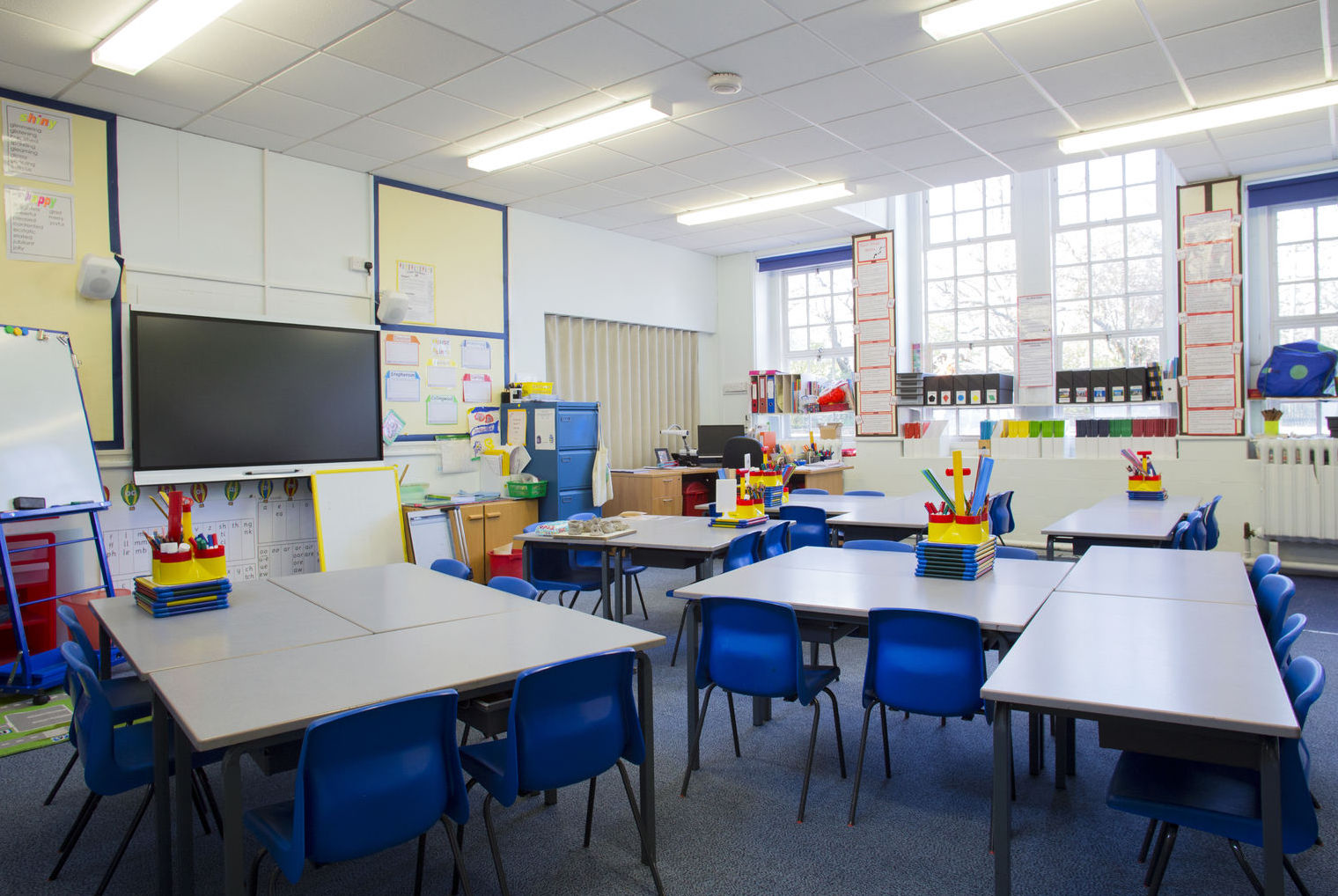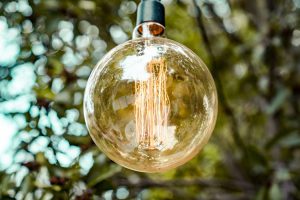According to the Carbon Trust, getting lighting right is essential for both energy efficiency and the bank balance of a school, and as importantly for the wellbeing of its occupants.
In the first of this special series of lighting in education guides, Energys will explore how LED upgrades can create multiple financial opportunities. It can also improve site health and safety, maintenance, and deliver infrastructure gains for bursars.
Many bursars know the basics; energy efficient LEDs save on bills and the environment. But, the right level and the best quality of light is crucial to alertness, accuracy and the overall enjoyment of those working and learning in schools too.
And, LED retrofit technologies can minimise work on school estates, and hike up other gains on the ledger too.
Energy and cost savings
Overall, The Carbon Trust says UK schools could reduce energy costs by around £44 million per year which would prevent 625,000 tonnes of CO2 from entering the atmosphere.
Lighting, says the Trust, represents 20% of school’s energy costs, and 8% of their energy use. ‘Currently LED upgrades use at least 80% less electricity than an equivalent tungsten halogen source,’ it continues.
So, the energy and cost saving potential for bursars and their schools is clear. Further, ‘A properly engineered LED light has a comparatively long life, typically in the order of 50,000 hours. This can reduce maintenance costs significantly depending on the light source they are replacing,’ the Trust reveals.
The Trust says making the business case for such low energy lighting is quite straightforward in terms of electricity saved vs investment required. Calculating the potential savings is based on identifying:
a) The current lighting load (Watts or kiloWatts).
b) The hours of use per annum.
c) The new LED lighting load.
d) The unit rate you pay for each kWh of electricity.
“It is important to establish this cost-benefit analysis in schools nationwide,” says Kevin Cox, Managing Director, Energys. “When that analysis is done, the financial pathway to energy efficient, cost saving installation is clear.”
Health and safety (H&S)
In schools, H&S is key. Today’s bursars aren’t just financiers, they are operations managers too. LED retrofit technologies are advantageous from this viewpoint. For a start, LED lamps are more durable than traditional lamps, and they have fewer fragile parts.
Also, they are mercury free, compared with other lamps which, if shattered during routine maintenance, require special care and removal, to say nothing of risk to operatives.
Further, LED lamps generate very little heat, so they can’t burn staff or children, and they make for a more comfortable teaching environment.
Together, it all adds up to lowered H&S risk, and lower H&S costs. “We are right up to the minute on H&S,” says Cox. “We will install to the highest H&S standards and beyond, adding to the overall, lifetime H&S benefits LED offers to school bursars.”
Funding options and capital expenditure
For many bursars, even when the cash and environmental rationale stacks up, financing is still a key challenge.
“It is wise to consider financing arrangements to suit your needs and more importantly, ensure you are saving money from the outset,” says Cox. “There are many schemes out there, and it’s crucial to research this intelligently and pick the right one.
“Energys, in partnership with Utility Rentals offers a financing scheme tailored to the needs of schools and colleges.”
Such an approach is likely win favour with boards of governors, tasked with myriad, competing demands for financing. And, you can also use your LED financing plan as evidence of the school’s cash-savvy, energy-intelligent approach in marketing materials and branding.
Furthermore, LED lighting can even be included in schools’ lessons plans on sustainability, increasingly a key part of the curriculum. In so doing, another dual benefit arises, with further financial gains and teaching benefits.
The shift to LED for schools
Energys has a number of case studies on LED upgrades for schools and colleges available. These will help you learn more, and consider the best way to embed sustainable, futurist and beneficial lights in your environment.








